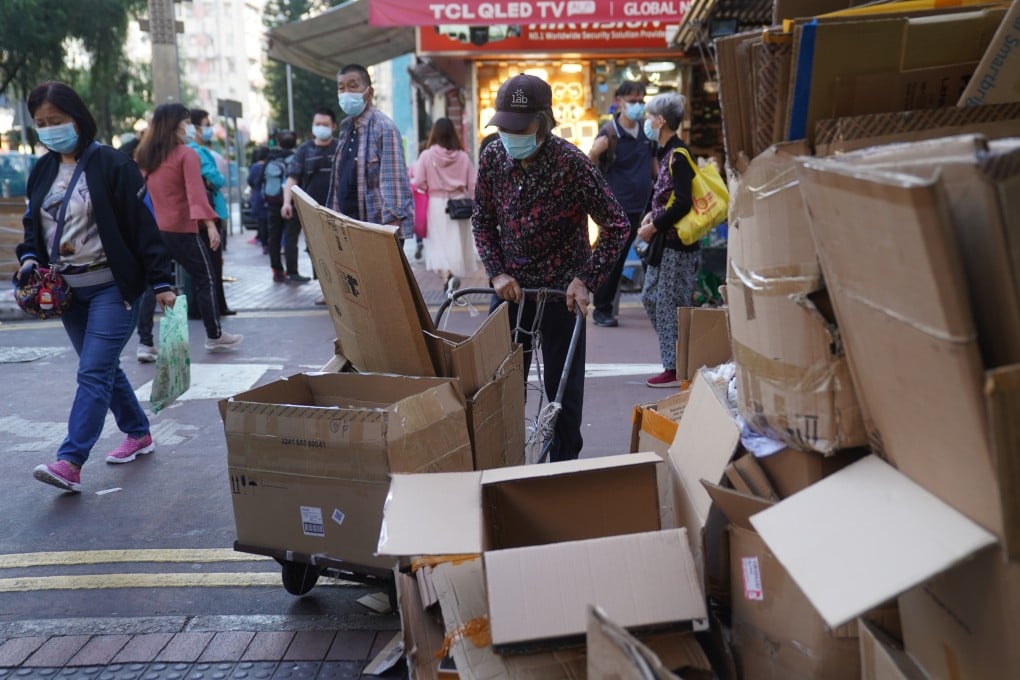Letters | Hong Kong’s poverty alleviation campaign should include financial education
- Readers discuss improving financial literacy among the disadvantaged groups in Hong Kong, and call for a more sympathetic attitude to the city’s homeless

Government poverty alleviation measures can meet the immediate needs of the poor and help the government achieve certain goals. However, in addition to the direct distribution of money, poverty alleviation should also enhance disadvantaged people’s ability to help themselves – that is, it should enable them to give full play to their ability to lift themselves out of poverty.
In 2020, the Hong Kong government’s recurrent and non-recurrent cash expenditure on poverty alleviation was HK$169.1 billion (US$21.7 billion). Apart from meeting basic expenses, households also need to manage and use money reasonably. Improving this group’s financial literacy requires targeted education.
Even so, the financial education needs of the poor are often neglected, with most financial education programmes in Hong Kong focusing on investment. As a result, many people from low-income groups come to believe financial education has nothing to do with them.

